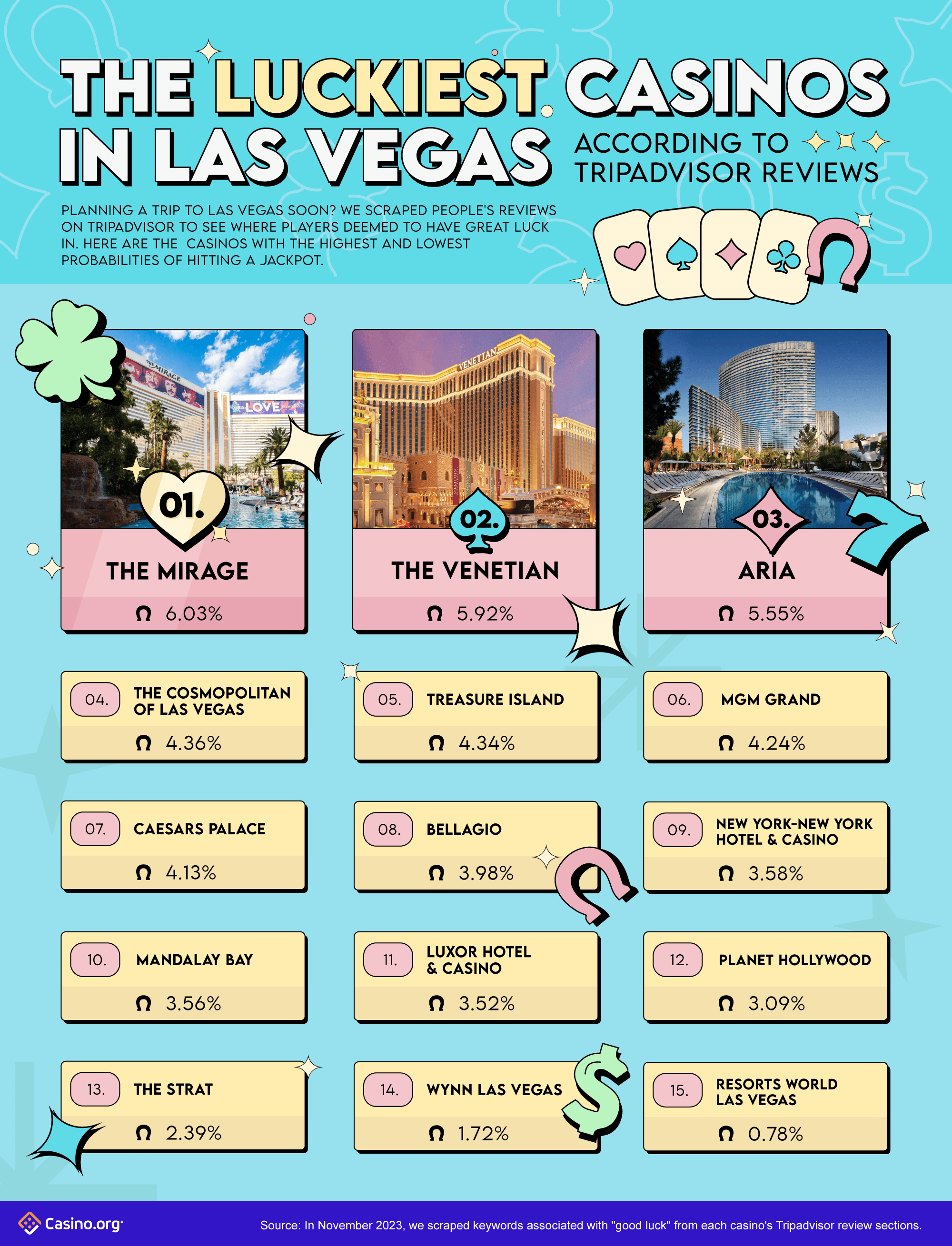
In a vibrant and thrilling world of casinos, where luck and tactics intertwine, hues and aesthetic play a critical role in drawing in gamblers. From the moment visitors step into a casino or log into a gaming website, they are immersed in a visual feast that captures their attention and lures them to discover more. Vivid colors, captivating graphics, and creative layouts are carefully crafted to create an environment of excitement and anticipation, ultimately improving the gaming encounter.
While gamblers move through the dynamic landscape of casino games, they come across a range of designs that not only serve aesthetic purposes but also influence emotions and choices. Colors like scarlet and yellow symbolize wealth and fortune, while soothing navy and emeralds can create a much tranquil environment. Grasping how these elements function together enables casinos to create an inviting and stimulating atmosphere that encourages players to interact with the games, invest additional time at the tables, and boost their general enjoyment.
The Science of Tint in Gaming Establishments
Color plays a crucial role in the design of gaming experiences, influencing player emotions and actions. Bright and striking colors, such as red and amber, are often used to ignite excitement and capture focus. These colors create a feeling pressure and vitality, encouraging participants to engage more eagerly with the experience. By strategically selecting colors, creators aim to elicit emotions of satisfaction and anticipation, which can enhance the overall player experience.
Different hues also have psychological connotations that can affect how gamblers perceive their chances of victory. For instance, green is commonly associated with fortune and abundance, making it a frequent choice in games like roulette and poker games. This connection can cause gamblers to feel more hopeful and confident in their gameplay, ultimately encouraging them to bet more. Comprehending these links allows game developers to design environments that enhance player satisfaction and retention.
Furthermore, the interface of casino game interfaces often employs blended colors and opposing colors to instruct players’ actions. kjc For case, winning outcomes may be accentuated with vivid, differing hues, creating a visual cue. This technique reinforces favorable outcomes and supports repeated participation. By utilizing the science of color, gambling establishments can develop activities that not only draw players but also maintain them engaged and invested in their gaming experience.
Design Elements that Engage Gamers
The visual appeal of gambling games is primarily influenced by the implementation of vibrant colors. Lively and contrasting colors are strategically chosen to create an appealing atmosphere that captures interest. For example, crimson and golds often signify luck and prosperity, which is why they are prevalent in the color schemes of gaming machines and game surfaces. These colors not only draw players in, but they also evoke emotions related to thrill and expectation, enhancing the overall gaming experience.
In addition to color, the design and layout of casino games play a crucial role in captivating players. Games are designed to be intuitive, ensuring that players can easily understand the rules and mechanics. Accessible interfaces, along with captivating graphics and animations, help maintain gamer interest and encourage longer play sessions. The physical elements, such as the texture of the controls and the sounds of the games, also contribute to a holistic sensory experience that keeps players immersed.
In conclusion, thematic elements in gaming design can greatly influence gaming decisions. Many gambling games are inspired by popular culture, myths, or exploration motifs, incorporating symbols and characters that connect with players. These themes create a sense of engagement and relatability, making each game feel unique. When players feel a bond to the theme, they are more likely to choose that game over others, leading to higher participation and enthusiasm within the casino environment.
Case Studies: Successful Gambling Game Designs
One noteworthy example of successful casino game design is the popular slot machine series based around hit movies. Games such as those based on the Wizard of Oz and Game of thrones utilize dynamic colors and high-quality graphics to engage players in recognizable narratives. The use of moving visuals and engaging sound effects takes the attention of players, building an psychological connection to the theme. This approach not only promotes longer play but also boosts the overall gaming experience, yielding increased player retention.
Another effective case is the use of color psychology in table games like blackjack and the wheel. Casinos often create these games with rich reds and greens, colors traditionally connected with luck and wealth. For instance, the emerald felt on a 21 table provides a calming effect, while the red accents in roulette invite thrill. This deliberate use of color helps to establish an inviting atmosphere that stimulates players to engage, satisfying their psychological impulses and boosting their enjoyment.
Finally, online casino games that include community features and vivid, lively designs have achieved remarkable success in engaging players. Games like Zynga Poker and Slotomania leverage striking colors and playful animations to create an inviting online environment. The inclusion of leaderboards, social sharing options, and in-game rewards fosters competition and community, pulling players in for longer sessions. Such designs not just make the games visually appealing but also underscore community engagement, a key factor in player retention and engagement within online casino environments.
